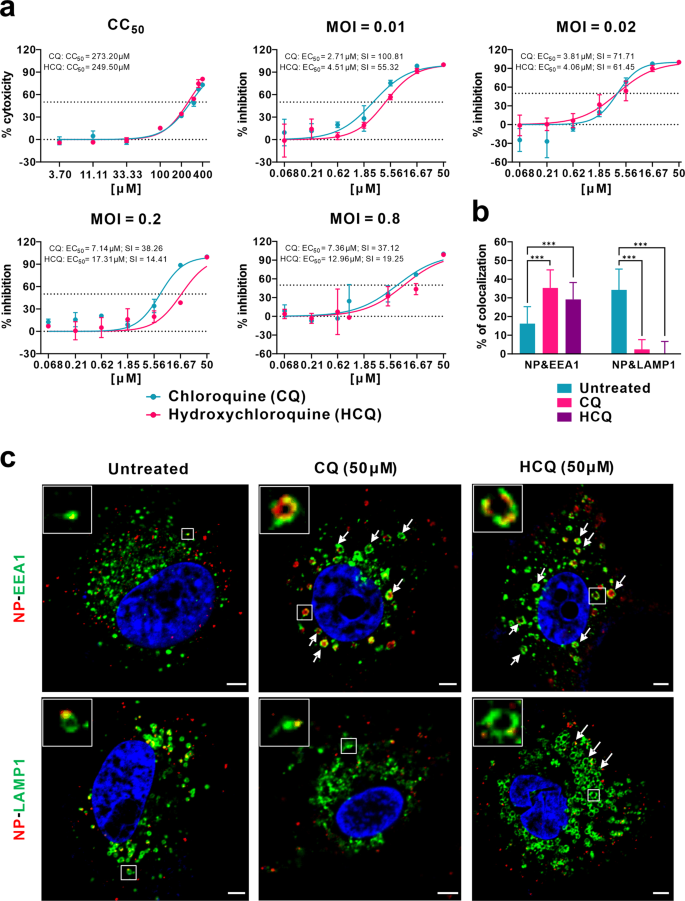Summary of knowledge on hydroxychloroquine
published: 15/12/20, 09:17
The 2 subjects or I could have posted this having been locked, I put it here, it is summarized by an international collective.
https://public.tableau.com/profile/publ ... /Histoire1
Other topics on the same page:
- Raoult protocol
- c19study other source https://spark.adobe.com/page/lSclwca9VQKis/ who also praise remdesivir https://c19rmd.com/
- The "highly dishonest" Fiolet meta-analysis
https://public.tableau.com/profile/publ ... /Histoire1
Other topics on the same page:
- Raoult protocol
- c19study other source https://spark.adobe.com/page/lSclwca9VQKis/ who also praise remdesivir https://c19rmd.com/
- The "highly dishonest" Fiolet meta-analysis

